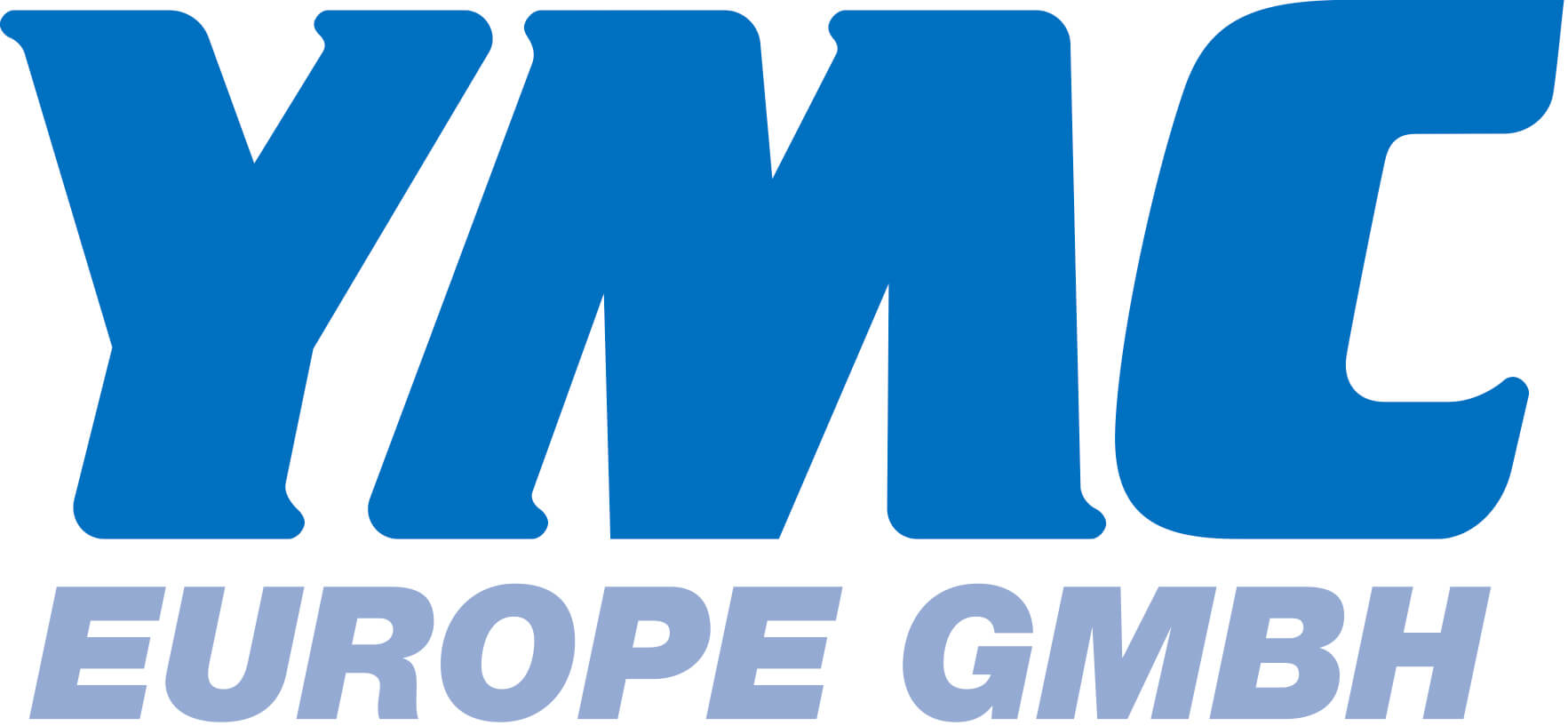
This study demonstrates the performance of Markes’ thermal desorption instruments for the tube-based analysis of 65 ‘air toxic’ compounds in accordance with US EPA Method TO‑17. Analytical precision, linearity and method detection limits are shown to be within the requirements of the method, and we additionally illustrate the capability of Markes’ instruments to split, re-collect and re-analyse samples without analytical bias.
Volatile organic ‘air toxics’ or ‘hazardous air pollutants’ (HAPs) are monitored in many industrial and urban environments as a measure of air quality. They range in volatility from propene to hexachlorobutadiene and naphthalene, and include polar as well as non-polar compounds. Several national and international standard methods have been developed for air toxics and related applications, including US EPA Method TO‑17.1
The sorbent tubes cited by Method TO‑17 offer numerous advantages for air monitoring – they are small and easy to transport (especially compared with canisters), cost-effective, and compatible with a wide range of compounds and air sample volumes. In addition, sorbent tubes can usually be re-used immediately after analysis, since the desorption process inherently removes contaminants.





